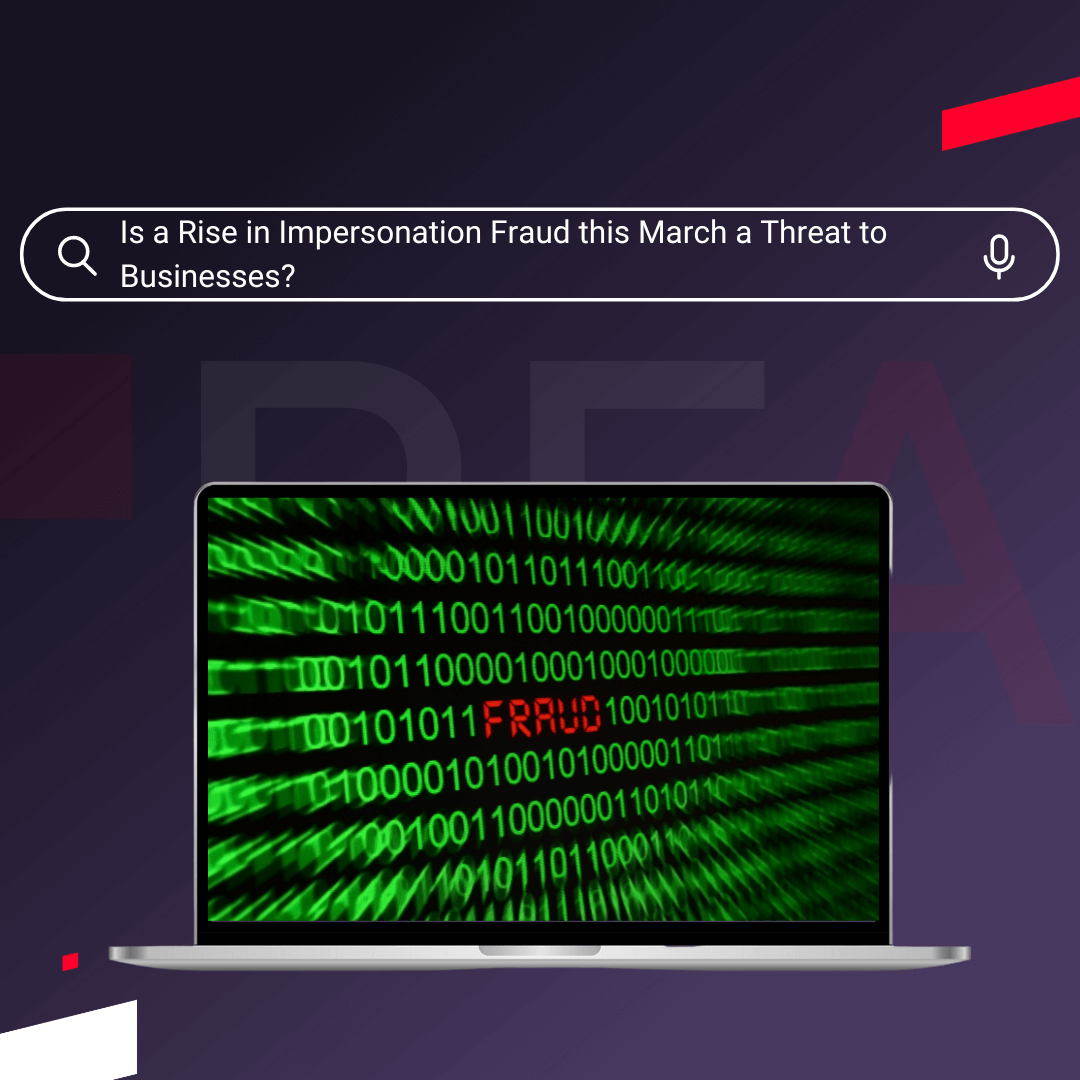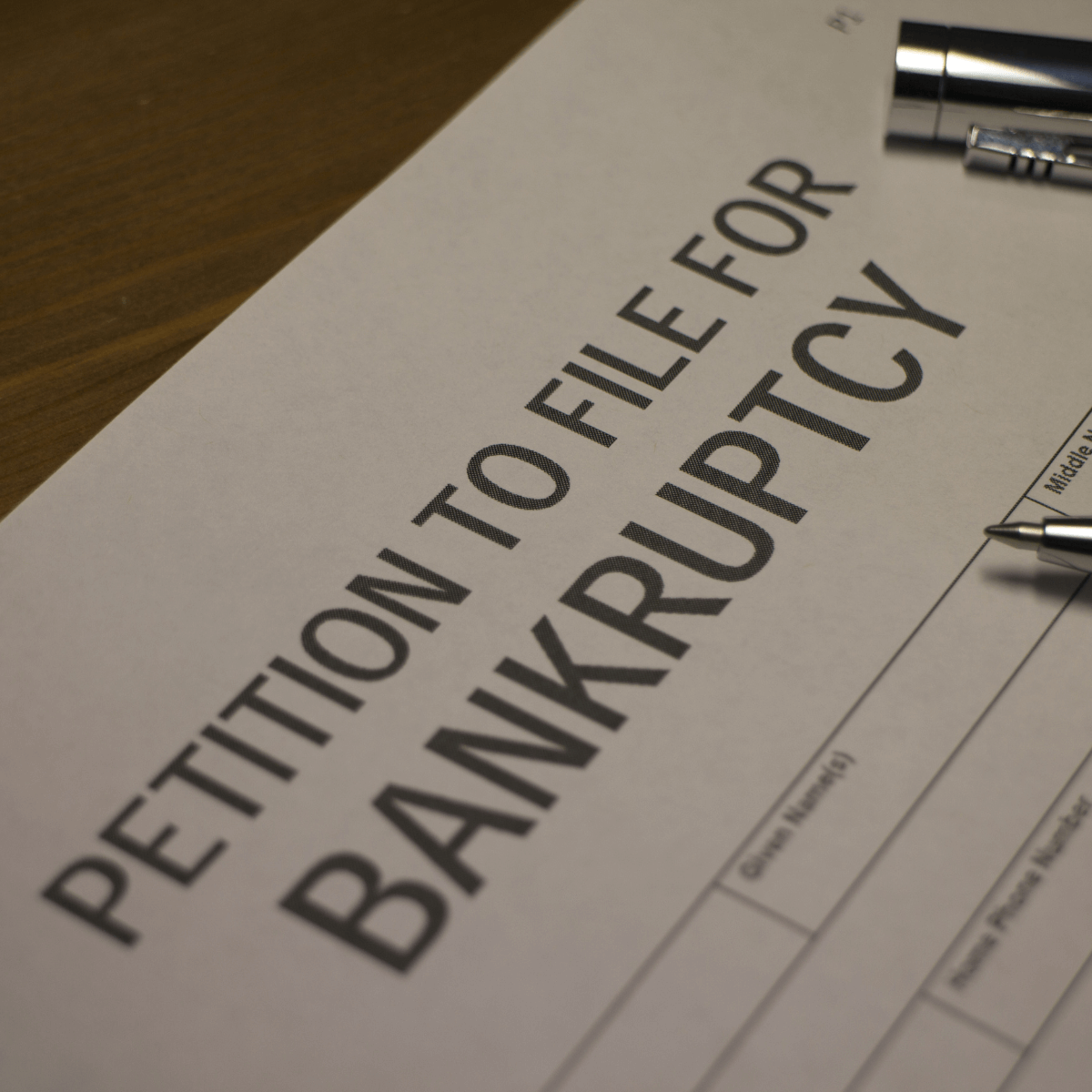Why is it bad to deal with an overtrading company?
Overtrading companies are at an increased risk of business failure and as such present a clear credit risk.
Whether they are a supplier or customer, overtrading companies present a risk to any who have dealings with them.
Overtrading is a common cause of insolvency in the UK and it is important that your financial due diligence processes are capable of identifying if any potential business partner is engaged in it.
Red Flag Alert allows you to protect yourself and your business from the effects of other’s overtrading.
Below we will look at five of the common warning signs of overtrading:
- Plummeting Business Credit Score
- Decreasing reputation
- Strong turnover growth vs low/no profit growth
- Increased borrowing
- Presence of debt recovery actions
Plummeting credit score
As a company continues to operate outside their capabilities they become increasingly reliant on borrowing to fund their overtrading. Overtime this causes debts to pile up and any interruptions in cashflow, such as a late payment, can quickly lead to them being significantly behind on their debt repayments.
They will also likely begin experiencing difficulty paying their trade creditors, which will lead to a rise in their debtor days and may even result in CCJs or winding up petitions.
These financial woes will be reflected in their credit score, which will quickly begin to decline.
Red Flag Alert business reports not only shows a company’s credit score but also gives them a financial health rating, which provides context to the level of risk reflected by their credit score.
We also provide you with a timeline of a company’s ratings, so you can quickly see the trajectory of their creditworthiness and the speed with which it is changing.
Decreasing reputation
As a company becomes increasingly more unreliable in both paying their debts and delivering on time to their clients they will suffer from a decrease in their reputation.
Whilst this will largely be proliferated by word of mouth there also may be adverse news stories or negative mentions in other media.
They also may face legal action from aggrieved suppliers or customers.
Red Flag Alert reports show any adverse media stories, special events like adverse gazette notices or legal actions.
Strong turnover growth vs low/no profit growth
One of the reasons overtrading can be so easily fallen into and hard to stop is that it does lead to strong turnover growth.
It is very difficult for inexperienced or uniformed directors to see passed double or even triple digit percentage growth in revenue, especially paired with the prevalence of incorrectly using this as the main barometer of a company’s performance.
As revenue continues to unsustainably increase margins will decline along with the profitability of the business. This is one of the surest and most reliable signs of overtrading.
Our business reports contain five years of a company’s financial statements, alongside interactive analysis tools that make it easy to visualize and understand them.
Increased borrowing
As overtrading persists the more reliant on finance and borrowing a company will become. Once caught in this cycle it becomes almost impossible to escape, as this goes on the more vulnerable the company becomes to any cashflow interruptions making them unable to service their debts and becoming insolvent.
Our business reports give a company’s full debenture history including the amount, lender, type of charge, date, and status.
Presence of debt recovery actions
As overtrading companies enter into the terminal stages of the practice they become increasingly unable to pay their debts and suppliers.
Whilst their creditors may be forgiving at first eventually they will be forced to take firm steps to recover their money.
Initially, creditors will petition the courts to issue CCJs against the company formally recognizing the debt owed.
Should these not be successful in forcing the overtrader to pay then creditors will submit a winding up petition (WUP) to the courts. These are extremely serious pieces of litigation and speak of critical financial distress.
Our platform is unbeatable in obtaining both CCJ and Winding up petitions. We supply UK first CCJ information and our direct feed to the UK courts gives 6-8 weeks on average advanced warning of WUPs against a company.
Red Flag Alert gives you the data and tools you need to protect your business from overtrading companies. Whether it is our cutting edge business reports powering your financial due diligence processes or our innovative customisable monitoring tool allowing you to effortlessly keep abreast of any warning signs of financial ill health at your business partners.
Talk to us about how Red Flag Alert will improve your risk processes and get a 7 day free trial !




